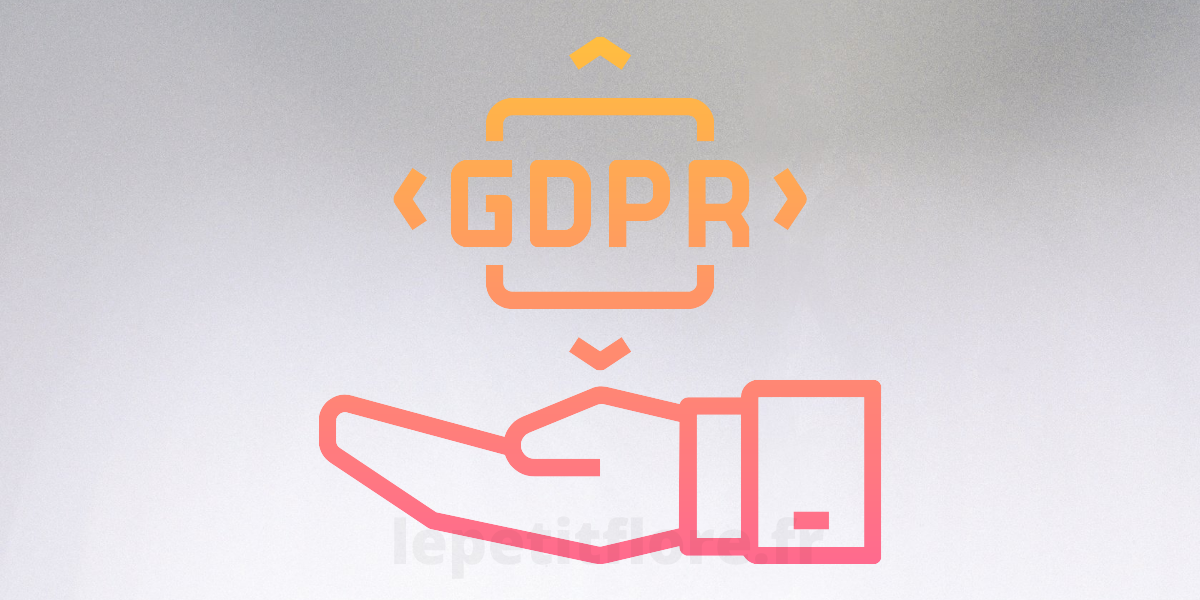Simple Steps to GDPR Compliance

The forthcoming General Data Protection Regulation (GDPR) in the near future, you could be among the thousands of people who are currently looking over your business processes and procedures to ensure that they don’t be a victim under the brand new Regulation as it was implemented in May 2018. Even if you’re not working on a compliance-focused project, every new initiative in your company is likely to contain a part of GDPR compliance. As the deadline gets closer, businesses will seek to educate their employees in the fundamentals of the new regulations, particularly those who have access to personal information.
The fundamentals of GDPR.
So, what’s all the fuss about? And why does the new law differ from and different from the directive on data protection that it replaces?
The primary difference is in the extent. GDPR is more than just a safeguard against misuse of personal data, such as email addresses and phone numbers. The Regulation is applicable to all forms of personal data that may be used to identify individuals as EU citizens, such as IP addresses and user names. In addition, there’s no distinction between data held about an individual either whether in a professional or personal capacity. All of it is considered confidential data that identifies an individual, and therefore subject to this new Regulation.
The GDPR also does eliminate the ease that comes with”opt-out,” that is, “opt-out” currently enjoyed by several companies. Instead, using the most strict of interpretations, based on the personal information of individuals who are EU citizens, GDPR requires that the consent is freely granted, specific, clear, informed, and not ambiguous. It is a requirement to give a clear indication of support. It cannot be deduced from silence, pre-ticked boxes, or the absence of activity.
This broader scope, combined with the strict interpretation that has left business and marketing leaders in such confusion. It’s not surprising that they are. In addition to the fact that businesses have to comply with the new laws, but it might, in the event of an investigation, be required to prove that it is in conformity. To make the process even more complicated, it is expected that the law will apply not only to newly acquired data after May 2018 as well as to data already in possession. Therefore, if you already have contacts in your database to whom you’ve advertised in the past without their consent, or even offering the user the option to opt-out, either it was previously or now, will not be covered.
Consent must be obtained to take the actions you plan to perform. License to use the information regardless of the form isn’t enough. The list of contacts you are planning to purchase from a third-party vendor might therefore become outdated. If you don’t have the permission of the people you have listed for your business to utilize their information for the purpose you intended to take, you will not be allowed to make use of the data.
However, it’s not as bad as it appears. At first look, the GDPR seems as if it’s going to engulf businesses, particularly online media. However, that’s not really the intent. From a B2C viewpoint, there might be a significant mountain to climb. In the majority of cases, companies are dependent on obtaining consent. There are, however, two other methods by which the use of data could be legal. These may, in some instances, assist B2C actions and almost certainly will be applicable to all B2B businesses.
“Contractual necessity” will remain as a legal justification for processing any personal information under GDPR. It means that if it is necessary that the data of an individual be used to fulfill an obligation under a contract with them or perform steps upon their request to sign an agreement to contract and no additional consent is required. In simple terms, the use of a person’s contacts to make an agreement and fulfill it’s legal.
Also, you can take the possibility through using the “legitimate interests” mechanism, which is still a valid reason for processing your personal information. The only exception is when the interests of the people who use the data are outweighed by the needs of the person who is the data subject. It is reasonable to believe that cold-calling and emailing prospective business contacts who are legitimate, as identified by their name or employer, continue to be legal under GDPR.
3 Steps to Compliance…
Make sure you know your information! Despite the flexibility offered by these methods, particularly in relation to B2B communication, it’s still worth determining how personal information is used and stored within your company. This can help you discover any areas of compliance and modify your procedures. In addition, you’ll be seeking out the conditions for consent and if any of your personal data that you have already received approval for the actions you are planning to undertake. If it doesn’t, what do you get consent for?
Appoint a Data Protection Officer. This is a requirement of the new legislation in the event that you plan to collect personal data frequently. The DPO is the primary person in the company who advises regarding compliance with GDPR. They are also the primary contact point for supervisory authorities.
Get your team trained! Anyone who has access to information with proper training in the context, as well as the implications for GDPR, could ensure that there isn’t a risk of a data security breach, so don’t overlook this step. The protection of data can be tedious and uninteresting; however, taking the time to ensure that employees are well-informed will pay off in the long run.
Don’t worry! GDPR is not in place to stop commerce. Instead, you, as a consumer, are entitled to greater security regarding your personal information, and hopefully, less email!



